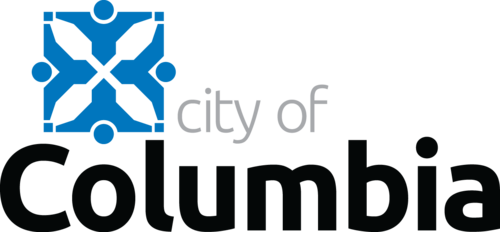
Health, Safety & Well-Being
Climate change disproportionately impacts low-income families, communities of color, the elderly, children, and unhoused populations.
The Climate Action and Adaptation Plan (CAAP) identifies two key health, safety and well-being-related goals:
- Prepare public safety, health, and community services for anticipated climate change impacts.
- Reduce emissions associated with the food system.
Health, Safety & Well-Being
Be Part of the Solution!
All Columbians need to be actively engaged in our resilient future.
Community Well-Being & Preparation
Show Me the Relief Map
The Show Me The Relief mobile map application is useful if you’re out and about town on a hot day and you need refreshment or reprieve from the heat.
Easily find free and low cost places to cool off from the hot summer sun, including public swimming, water fountains, splash parks, and cooling centers!
Use the filter to search by relief type, then use either the list or the map to select a location and discover hours, directions, and more.
Click HERE for directions to a location nearest to you!
Community Well-Being and Preparation
Combating Extreme Heat
To ensure residents are able to endure periods of extreme heat and cold, the City has designated nine public warming/cooling centers and participates in the Voluntary Action Center’s Air Conditioner Exchange program.
Heat Resources
Columbia's Resources
- Visit the Boone County Office of Emergency Management heat webpage.
- Find Cooling Centers in Columbia.
- Apply for financial support to pay high electric bills.
Other Resources
- Read EPA's guide for older adults to stay safe during heat waves.
- See the EPA guide for planning for extreme heat.
- NASA Climate Kids - What is an Urban Heat Island?
- Protect yourself and your family; know the signs of heat stroke.
Community Well-Being and Preparation
Show Me the Heat StoryMap
Locally Produced Food
Our Food System
Buying food produced locally supports farmers and producers in our community; strengthens the local economy and contributes to the overall prosperity of the community. Reducing the distance food has to travel from farm to plate has various benefits. Participating in a local and regional food network also increases a community’s self-sufficiency. Locally produced food is most often fresher and more nutritious than more road-weary alternatives. Healthy food grows healthy people and communities.
Columbia has set a goal to increase the production and consumption of locally produced food and support food security. Its sustainability partners are the Community Garden Coalition and Columbia Center for Urban Agriculture
Locally Produced Food
COMO Common Ground Community Gardens
The Office of Sustainability is dedicated to enhancing food security and ensuring access to fresh, healthy, and locally sourced foods throughout the community. The City of Columbia’s COMO Common Ground Community Gardens, which consist of five sites, serve over 80 local families.
Community Garden Locations:
- Fire House #8 – Britt/Hall Community Garden – Native Wildflower & Orchard
- Fire House #7- Stormy’s Meadow Community Garden – Native Wildflower & Orchard
- Fire House #5 – D. H. Crum Community Garden – Native Wildflower & Orchard
- Unite4Health Community Garden: Employees from multiple city departments partnered with Community Garden Coalition members to utilize vacant land west of the Health Department for a community garden.
The COMO Common Ground Community Gardens offer numerous benefits to individuals and the community. They provide opportunities for recreational gardening and food production in underutilized spaces owned by the city.
The COMO Common Ground Community Garden program proudly partners with the Community Garden Coalition. We would also like to express our gratitude to all the volunteers, gardeners, and supporters who have contributed to this wonderful program over the past fifteen years.
Conservation of Electric and Water Resources
Columbia Power Partners
The City of Columbia Utilities recognizes that the conservation of electric and water resources and a continued push for renewable energy will have a significant positive impact on our community. Columbia Power Partners promotes education, renewables, and efficiency programs that help customers reduce electricity and water consumption and save money on utility bills. These initiatives help the City of Columbia provide clean, reliable, and cost-effective service for all customers. See our programs here.
